Iron Loft Confusion
Loft angles of irons can be confusing when considering a new set. The confusion comes from the lack of fixed standards for the specifications of individual clubs or how those specifications may vary through the set. For example, a 6-iron can be manufactured with a loft of 32 degrees in one set of irons or a loft of 26 degrees in another set. The difference in lofts between irons within a set can range from 2 degrees at one end of the set to 6 degrees or more at the other end of the same set. These variations may be found in irons from different manufacturers or in different models of irons from the same manufacturer. Here is the main reason for this circumstance.
Loft angle is an easy specification to change when the marketing department tells the engineering department to increase the performance in a new model of irons. The company can reduce the loft by one or two degrees to increase the distance the new irons will yield at the same swing speed. It's difficult to resist this strategy when competitors do it, so just about all companies follow this practice.
Consequently, when you compare the performance of clubs that you are considering, knowing the loft angle will help you make a meaningful choice. A quick look at the manufacturer's specifications will give you much of the information you need. It helps to know the new 6-iron you are testing has a loft angle more like your old 5-iron or 4-iron. Reducing the loft of a 6-iron by 4 degrees essentially puts a short 5-iron in your hands, and that's how you get more distance.
It's also important to consider the effects of changing loft angles on your overall club set makeup. For example, is there a big loft angle difference between your short irons and wedges, and is there enough of a loft angle gap at the long end of your set? You may want to replace a seldom-used long iron with a much needed extra wedge. Custom club sets allow you to get exactly what you need and will likely save you some money.
An important part of clubfitting is to optimize the loft angles in your club set makeup. Consideration of your swing technique and range of motion will also help in assembling the best set for your game. We think clearing away the confusion in loft angles is a good place to start. Measuring the distance you achieve for each club with a normal full swing is a key part of clubfitting that helps you get the optimum loft angles for your set. Testing with a launch monitor that measures both ball speed and clubhead speed is required because the eyes might tell the brain what it wants to learn and not what actually happened. Eyes are funny that way.






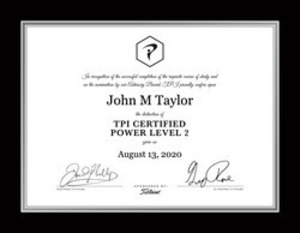




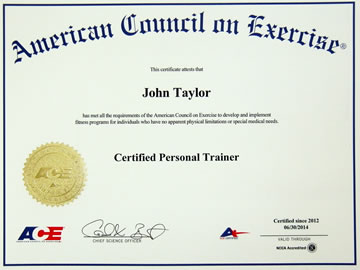
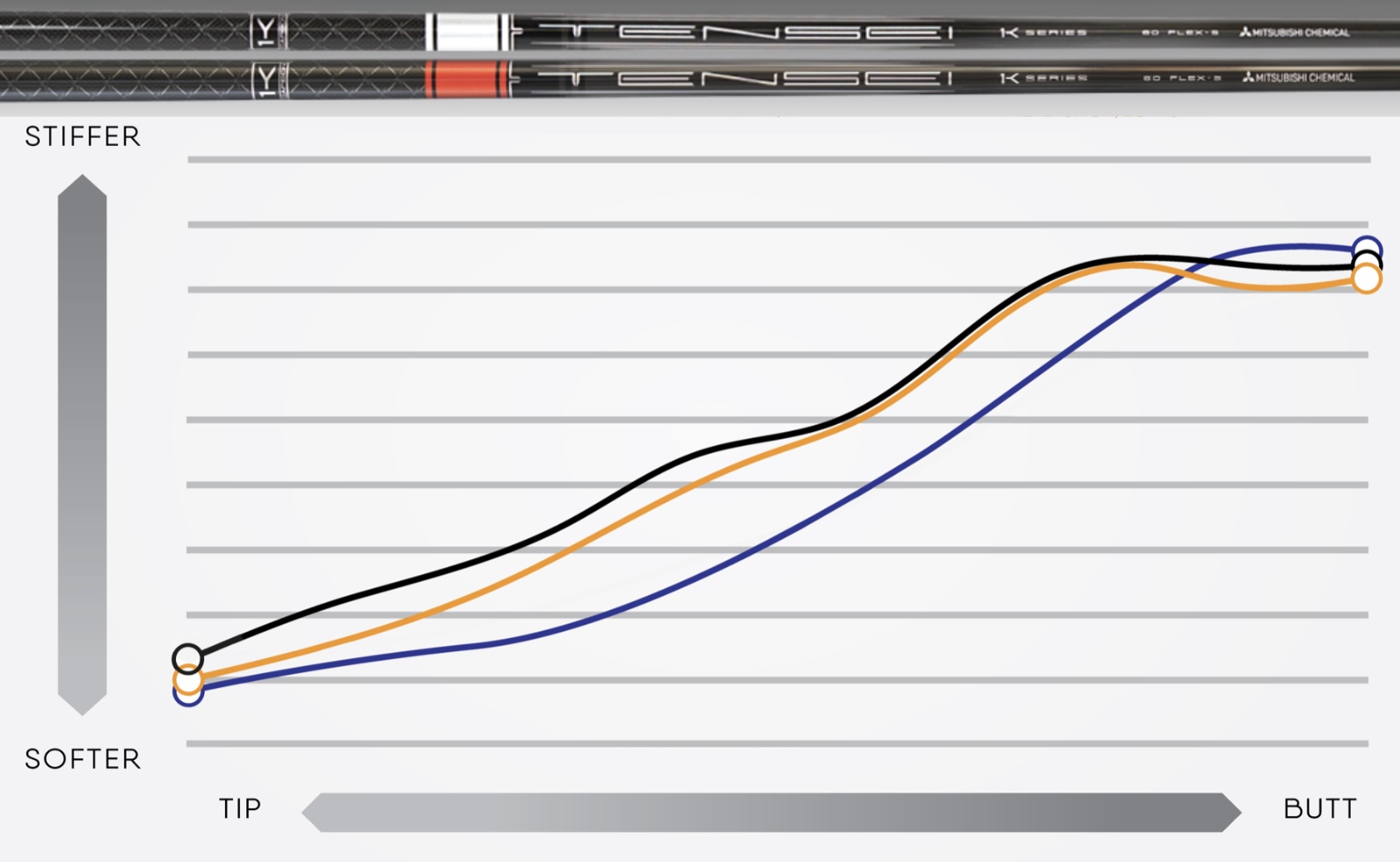
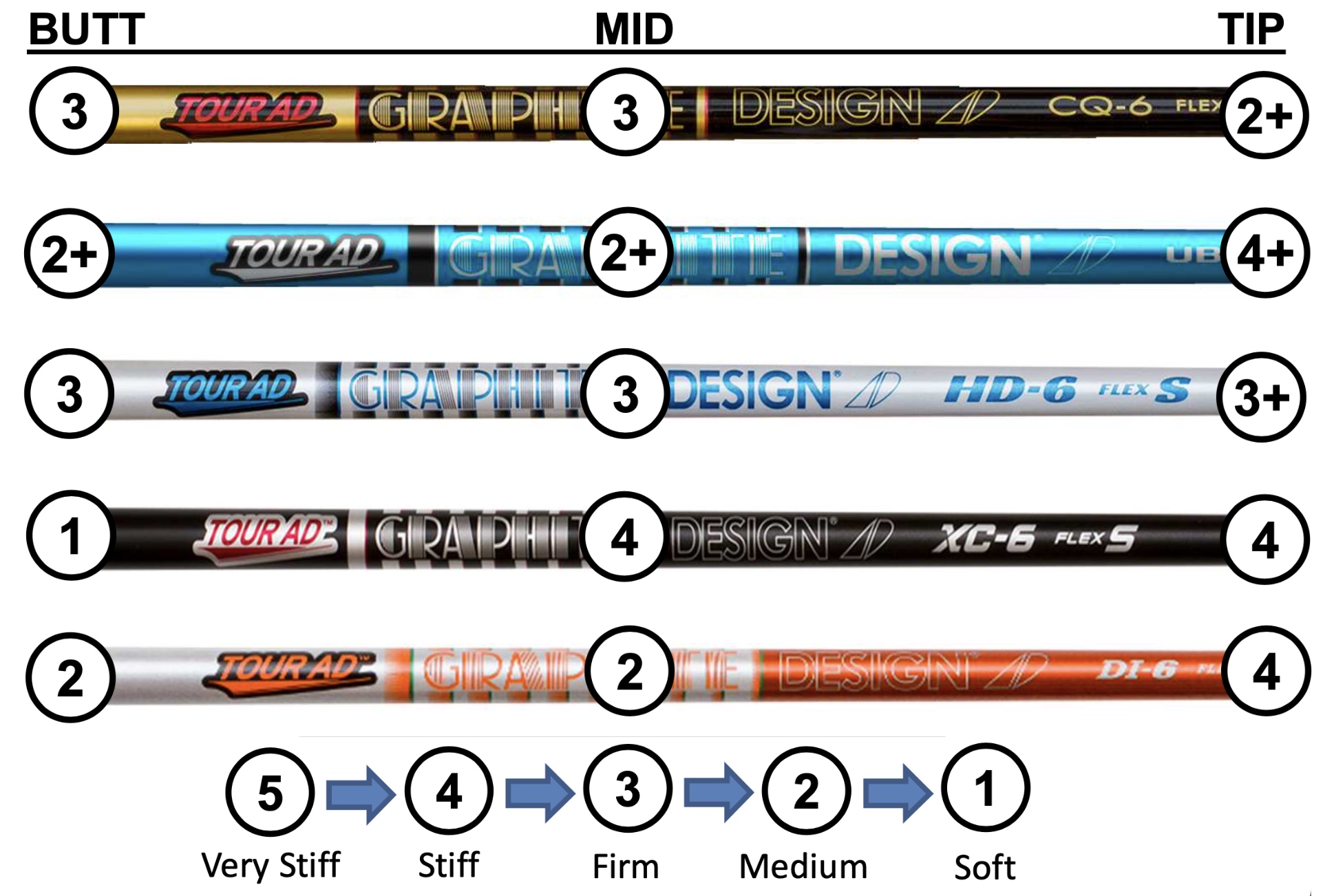













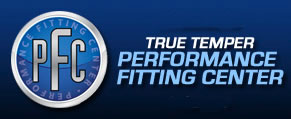

 John Taylor
John Taylor
Reader Comments